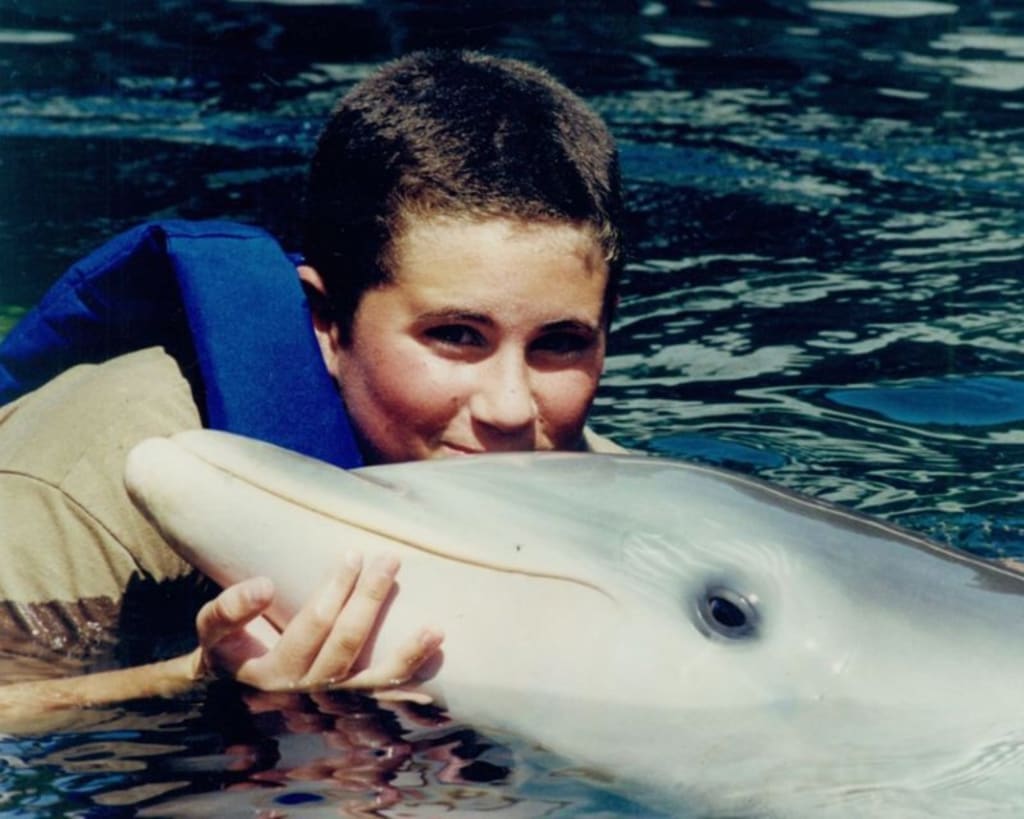The dolphin who LOVED me: the Nasa-funded project that went wrong
History

NASA is a name synonymous with space exploration, pioneering technology, and inspiring tales of human achievement. However, nestled among its storied history is a bizarre experiment that veers sharply from the realm of rockets and satellites. This peculiar chapter involves a dolphin named Peter, interspecies communication, LSD, and a woman who would go to extraordinary lengths for the sake of science.
The backdrop of this strange tale begins with Dr. John Lilly, a rising star in psychoanalysis and neuroscience during the 1960s. Lilly was fascinated by animal intelligence and initially conducted studies with cats and dogs. However, his quest for understanding led him to a species with an extraordinary brain-to-body ratio: the bottlenose dolphin. Unlike other animals, dolphins possess brains larger than humans, prompting Lilly to explore their cognitive abilities.
In the late 1950s, Lilly made a groundbreaking observation. While discussing test results with a colleague near a dolphin pool, Lilly's wife noticed a dolphin attempting to mimic their voices. This remarkable behavior convinced Lilly that dolphins were not just intelligent but capable of communication akin to humans. Eager to prove this, Lilly pivoted his research towards the ambitious goal of interspecies dialogue.
The idea of conversing with dolphins captivated the public and scientific community alike, garnering media attention and piquing the interest of prominent figures, including astrophysicist Frank Drake. Drake, known for the Drake Equation and the search for extraterrestrial life, saw Lilly's work as a potential rehearsal for communicating with alien species. He convinced NASA to fund Lilly's experiments, hoping to unlock the secrets of dolphin intelligence.
With NASA's backing, Lilly established a lab on St. Thomas, a Caribbean island, where he created Dolphin Point—a villa with a pool connected to the sea, designed to house both researchers and dolphins. This idyllic setting soon became the site of an audacious experiment.
Enter Margaret Howe Lovatt, a 22-year-old local woman with no formal scientific training but an innate curiosity about the rumored dolphin lab. Margaret's insightful observations impressed Lilly, and he offered her a crucial role: to teach a dolphin named Peter to speak English. Peter was untrained and young, making him an ideal candidate for this groundbreaking endeavor.
Margaret dedicated herself to the task, initially making significant progress as Peter mimicked her speech patterns. However, their lessons soon hit a roadblock. Despite his ability to reproduce sounds, Peter struggled to form coherent words, and their efforts to bridge the communication gap stalled.
Frustrated but determined, Margaret proposed a radical solution: she would live with Peter around the clock to foster continuous interaction. The lab's first floor was flooded with seawater, transforming it into a shared living space. For six months, Margaret and Peter cohabited in this unconventional environment, hoping constant proximity would yield better results.
Yet, the experiment took an unexpected turn. As Peter matured, his sexual instincts became a distraction, often leading him to rub against Margaret. Initially, she transferred him to the female dolphins, but the process was cumbersome. To save time, Margaret resorted to manually stimulating Peter, a decision that later sparked controversy and overshadowed their scientific aims.
Despite these efforts, Peter's progress plateaued. Meanwhile, Lilly, desperate for results, turned to LSD. He hypothesized that the drug could enhance communication, but repeated trials showed no noticeable effects on the dolphins. This, combined with the increasingly erratic nature of the experiments, led to a loss of credibility and funding.
NASA, concerned about the project's direction, sent Carl Sagan to assess the situation. Sagan's skepticism and Lilly's insistence on continuing despite clear setbacks led to a reevaluation of the project. Ultimately, NASA withdrew its support, and the experiment was terminated.
The aftermath was tragic. Peter, separated from Margaret and placed in inadequate conditions, died shortly after, likely from what could be interpreted as a broken heart. Margaret, grappling with her grief, later married and moved into the now-abandoned lab, where she lived for several years.
Dr. John Lilly's career took a downward spiral as he delved deeper into drug experimentation, becoming a counter-culture figure rather than a respected scientist. His eccentric beliefs, including the idea of the Earth Coincidence Control Office (ECCO), further alienated him from mainstream science.
The bizarre nature of Lilly's dolphin experiment eventually resurfaced in a pornographic magazine, casting a long shadow over its scientific contributions. However, this unusual chapter in NASA's history remains a testament to the lengths humans will go in the pursuit of knowledge, even if it sometimes leads them astray.
About the Creator
Marveline Merab
“History never repeats itself. Man always does.”
― Voltaire
Enjoyed the story? Support the Creator.
Subscribe for free to receive all their stories in your feed. You could also pledge your support or give them a one-off tip, letting them know you appreciate their work.






Comments
There are no comments for this story
Be the first to respond and start the conversation.